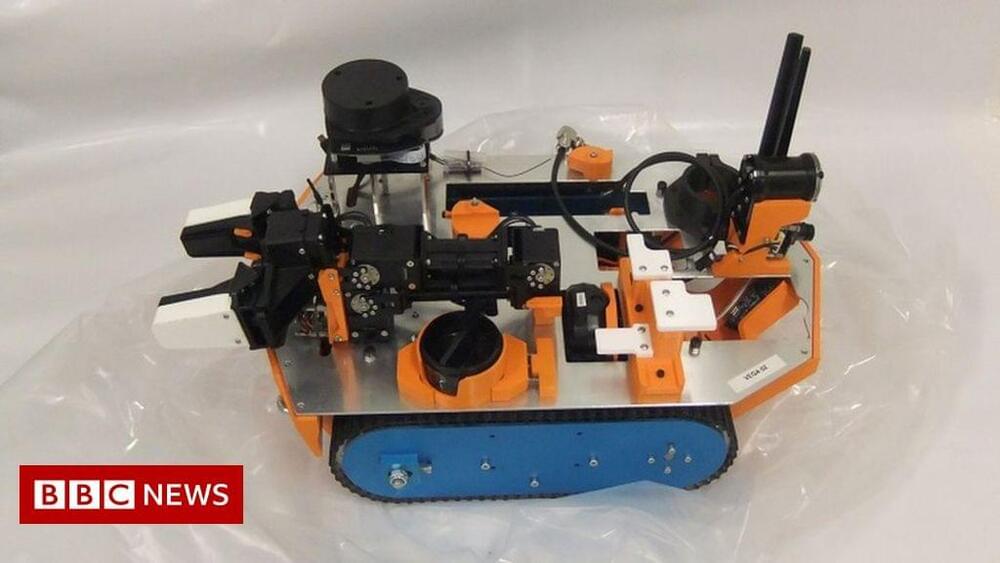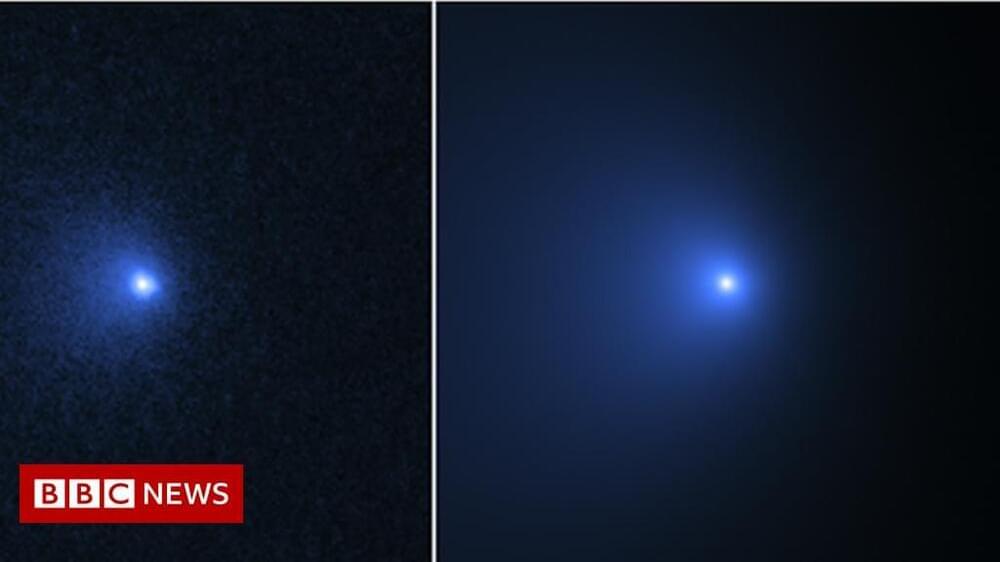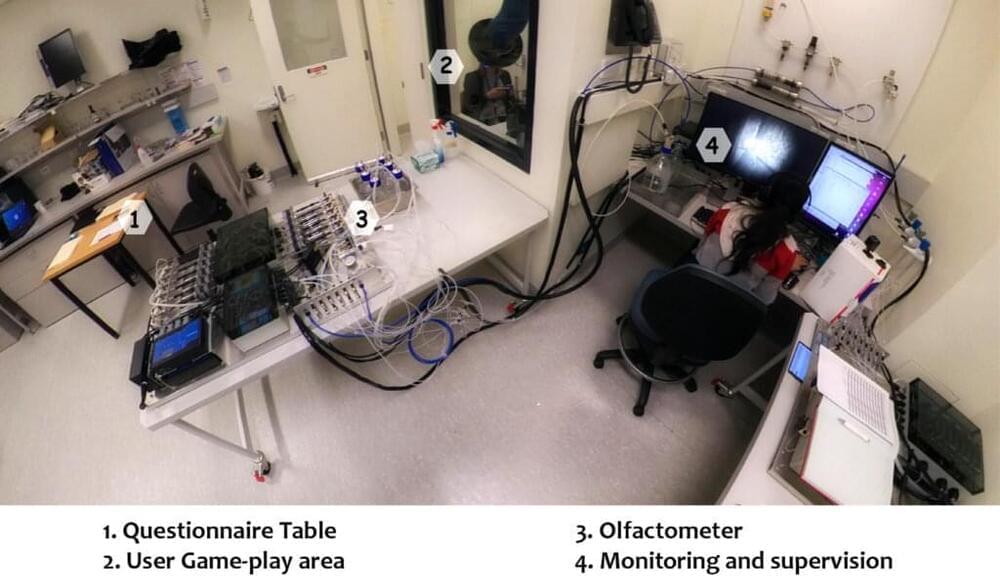Billionaire and avid platform user Elon Musk has made an offer to purchase 100% of the shares for the social media giant.








Large-scale language-based foundation models such as BERT, GPT-3 and CLIP have exhibited impressive capabilities ranging from zero-shot image classification to high-level planning. In most cases, these large language models, visual-language models and audio-language models remain domain-specific and rely highly on the distribution of their training data. The models thus obtain different although complementary common-sense knowledge within specific domains. But what if such models could effectively communicate with one another?
In the new paper Socratic Models: Composing Zero-Shot Multimodal Reasoning with Language, Google researchers argue that the diversity of different foundation models is symbiotic and that it is possible to build a framework that uses structured Socratic dialogue between pre-existing foundation models to formulate new multimodal tasks as a guided exchange between the models without additional finetuning.
This work aims at building general language-based foundation models that embrace the diversity of pre-existing language-based foundation models by levering structured Socratic dialogue, and offers insights into the applicability of the proposed Socratic Models on challenging perceptual tasks.

A chip-based infection model developed by researchers in Jena, Germany, enables live microscopic observation of damage to lung tissue caused by the invasive fungal infection aspergillosis. The team developed algorithms to track the spread of fungal hyphae as well as the response of immune cells. The development is based on a “lung-on-chip” model also developed in Jena and can help reduce the number of animal experiments. The results were presented in the journal Biomaterials.
Aspergillosis is a mold infection caused by Aspergillus fumigatus, which often affects the lungs. The disease can be fatal, especially in immunocompromised individuals. In these cases, invasive aspergillosis usually occurs with fungal hyphae invading blood vessels. So far, there are only a few active substances that can combat such fungal infections. “That’s why it was so important for us to be able to represent this invasive growth in a model,” says Marie von Lilienfeld-Toal, who co-led the study. The internist is a professor at the Department of Internal Medicine II at Jena University Hospital and conducts research at the Leibniz Institute for Natural Product Research and Infection Biology—Hans Knöll Institute (Leibniz-HKI) in Jena, Germany.
The new aspergillosis infection model should help to better observe both the growth of the fungus and the reaction of the immune system and to find possible new approaches for therapies. In addition, new active substances can be tested. The expertise for this is available in Jena: Organ chips have long been developed at the university hospital. The startup Dynamic42, which manufactures the lung chips used in the study, was founded there. First author Mai Hoang also joined the company after completing her doctorate.

Mine operators often require regular inspections in hazardous areas for data capture, ensure worker safety, and more. Choosing the right inspection platform is … See more.
Choosing the Right Mining Inspection Platform – Let’s dive into the factors that could guide your next decision in picking the right platform for the mining environment. This is a guest post from our partners at Boston Dynamics.
